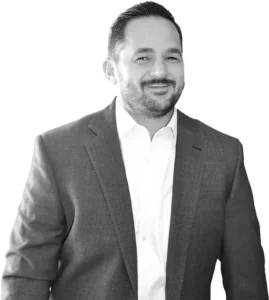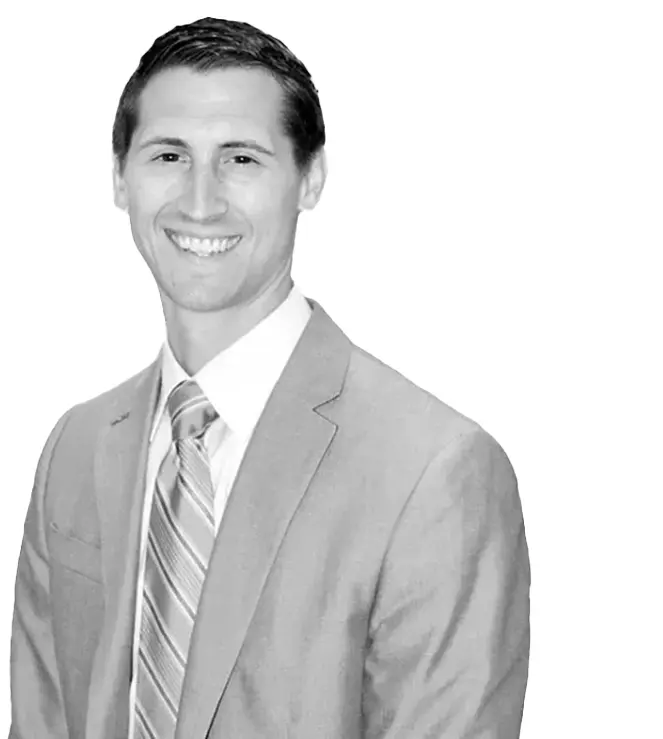Tapas
Losing weight is difficult.
Why? Maybe because we’ve all become accustomed to our own eating habits (intake) and exercise routines (movement), which got us to this particular weight in the first place.
In order to lose weight – something has to change.
The problem here is that (1) change is difficult, and (2) being consistent with these new habits is even more difficult. This is probably why so many experts criticize fad diets or unsustainable workout routines. The common advice is to make a lifestyle change.
Really, this translates to doing things that you can realistically stick with. A workout schedule that you can maintain and eating habits that don’t feel like torture.
Since what you eat tends to be the biggest factor for weight loss, something as simple as portion control can have a meaningful impact. It’s funny to think about it this way, but if someone simply started using a smaller plate for all of their meals, it would probably move the needle (on the scale, that is). It’s all about creating an environment where you can be successful, even if that just means buying smaller dishes.
Problem Child
On a very different note, I have had the privilege of teaching Sunday school at my church for nearly two decades. This experience has built in me a significant amount of respect for schoolteachers. Here you learn that every child is different and how difficult it can be to lead a handful of very different children in one direction.
After years of failure and headaches as a Sunday school teacher, I eventually started to get some wisdom and traction. One key strategy that I’ve adopted – similar to what I referenced above – was to always seek to put kids in an environment where they can be successful in.
I remember one specific child with a learning disability that caused a lot of trouble in our classroom. It seemed like every week, we were having to page his parents because he was being too big of a distraction for the other children. One day, I was serving alongside a teacher that I’d always admired; she really knew how to capture the kid’s attention and create a really fun learning environment. I was curious to see how she’d handle this difficult student that I mentioned above.
Sure enough, she had a plan for helping this particular student to be successful in our classroom. Right when he walked in, she got him set up with some coloring books and crayons. I was confused at first because I didn’t see this on the lesson plan, which it wasn’t. From there, she carried on with class as normal. Eighteen or so students sitting cross-legged engaged in the Bible lesson with one deeply entrenched in his coloring book.
Now, here’s the biggest surprise of all. You’d think this strategy was simply to distract our problem child, but it actually wasn’t. If I asked him any question about the story or the lesson, he could recite the entire account for me. It was actually quite impressive. Our little classroom distractor wasn’t distracted by this additional activity (coloring). Rather it helped him AND others focus.
Again, this incredible teacher was able to create an environment where even the most troublesome students could be successful.
Extra! Extra!
Now, let’s talk about personal finances. Let’s talk about my personal finances, it doesn’t get much more personal than that, right? It is my aspiration and my deepest desire to be prudent with my finances and to be a good steward, but I do have my own obstacles and distractions that can derail me.
Here’s what I’ve learned about myself, all my money needs to have a purpose assigned to it, and every dollar needs to be earmarked for something. Why? Because if it isn’t, then I view it as surplus or extra, and somehow, if it’s surplus or extra, it just disappears quickly. I don’t have a shopping addiction or anything, those monies just become a home improvement or a gift or committed to some charitable endeavor that caught my attention.
I’m being honest here, I’m being vulnerable. When it comes to my finances, I don’t think I’m always the best decision-maker with the extras. So, what did I need to do? I simply needed to create an environment that I can be successful in. Hence, the title of this entry, The Art of Earmarking.
Every dollar has an assignment, literally. I like to keep a certain target number in my checking account, typically four months or so of my expenses. Why four and not three or five? Because this is the number I feel comfortable with, and one’s personal comfort is huge when it comes to personal finance. Money is one of those topics that can and will keep you up at night, so leaning into your comforts and preferences is important. Everything beyond that cushion I need to assign somewhere outside of my checking account. Again, I know myself, if not earmarked, then that money seems to wander off aimlessly somewhere else.
Just to be clear, this isn’t blindly earmarking these monies. I don’t have a spin wheel that I pull out to determine where these monies will land. I earmark according to my own personal priorities. Our family cares about being charitable, so the first allocation is to our Donor Advised Fund. This is our first fruits strategy, we earmark our desired portion there first. Next, we care about securing our financial future for our later years of life, so we earmark the maximum amounts in retirement accounts. We also understand that medical expenses will probably make up a larger portion of our budget in those years, so we earmark funds toward our Health Savings Accounts. We have three young kids, and we want to cover their future college expenses, so next, we earmark funds to 529 plans. Without boring you with further details, you are starting to get the idea of how we are earmarking everything to avoid “extra” monies floating around.
As you grow your personal income and your balance sheet grows, you do have to be more creative and/or intentional with this earmarking process. I used to be critical of people that accelerated the payoff of their mortgage. I now realize that some of these folks were simply earmarking. They realized how dangerous that extra money could be in their own hands, so they simply kept it at arm’s length by paying off their mortgage.
The Little Things…
This may seem silly, but I do believe it’s important for you to be aware of who you are, how you operate, and what type of financial environment suits you best. Sure, we could poke fun at smaller plate sizes or coloring books during lesson time, but we also have to realize that our success will depend on these types of strategies and approaches that help protect us from our most common financial obstacles.
For me, the art of earmarking is such a key component of my own financial plan. I’d actually argue that it’s often these types of concepts or habits that yield the most meaningful results. Sure, you are most interested in the complex tax strategies or the intellectually stimulating investment approaches, but in the end, it’s the simple blocking and tackling that differentiate financial success from the struggle.
Give it a try. Make a list of what’s important to you – retirement, medical, charity, education, financial freedom, etc. Prioritize this list and see if you can begin to earmark and allocate your portfolio and income to match your priorities.
Let me know how it goes…







